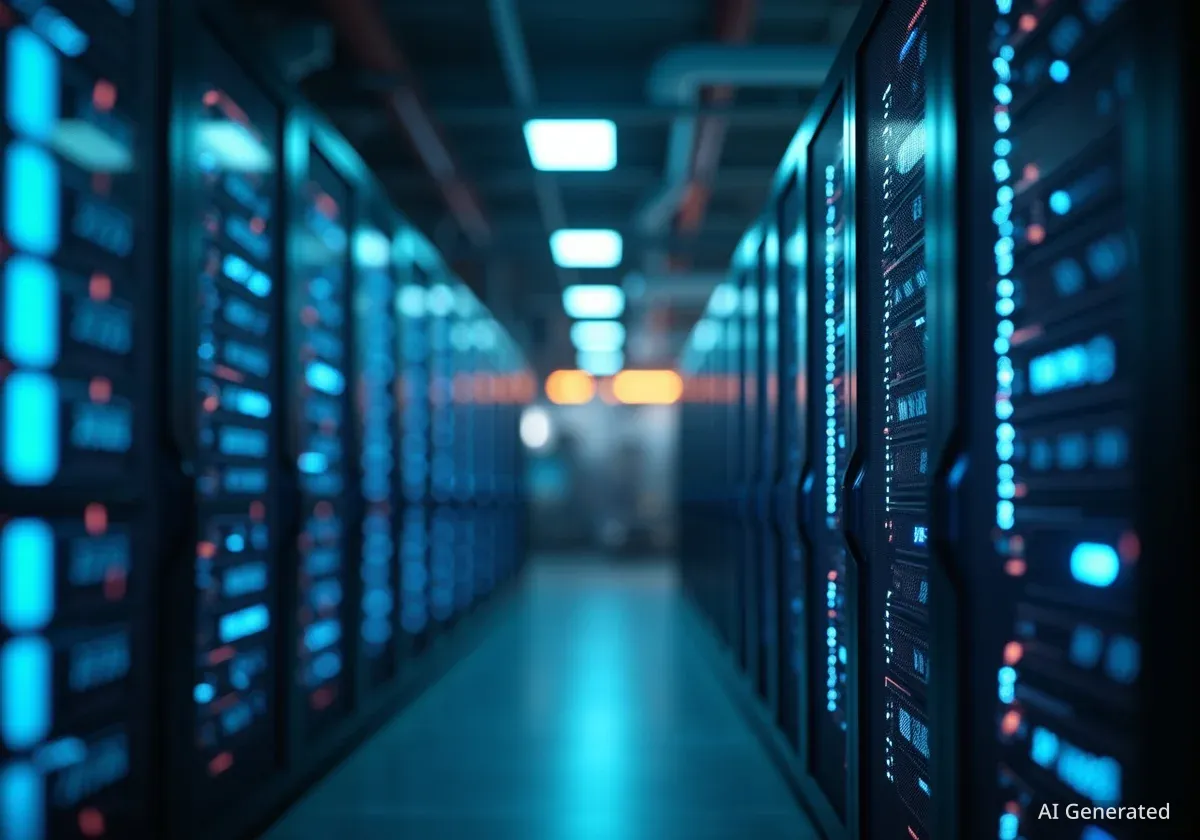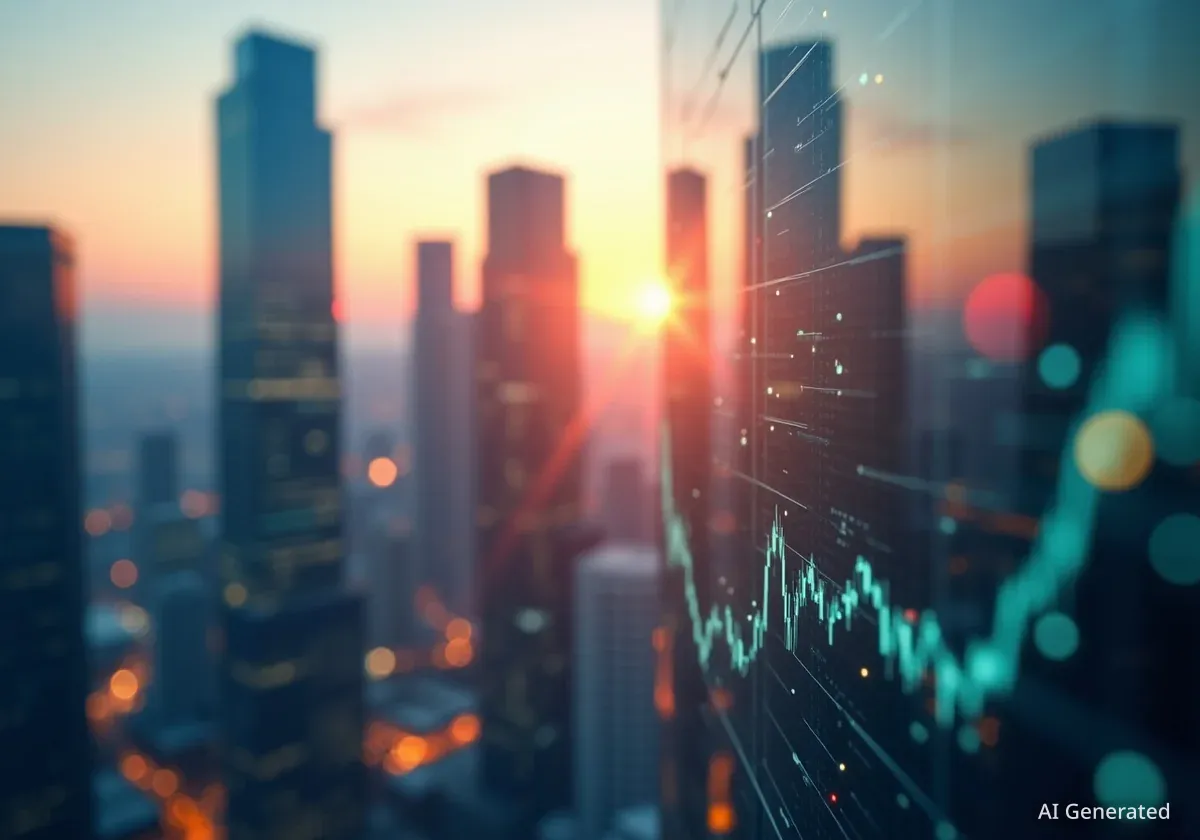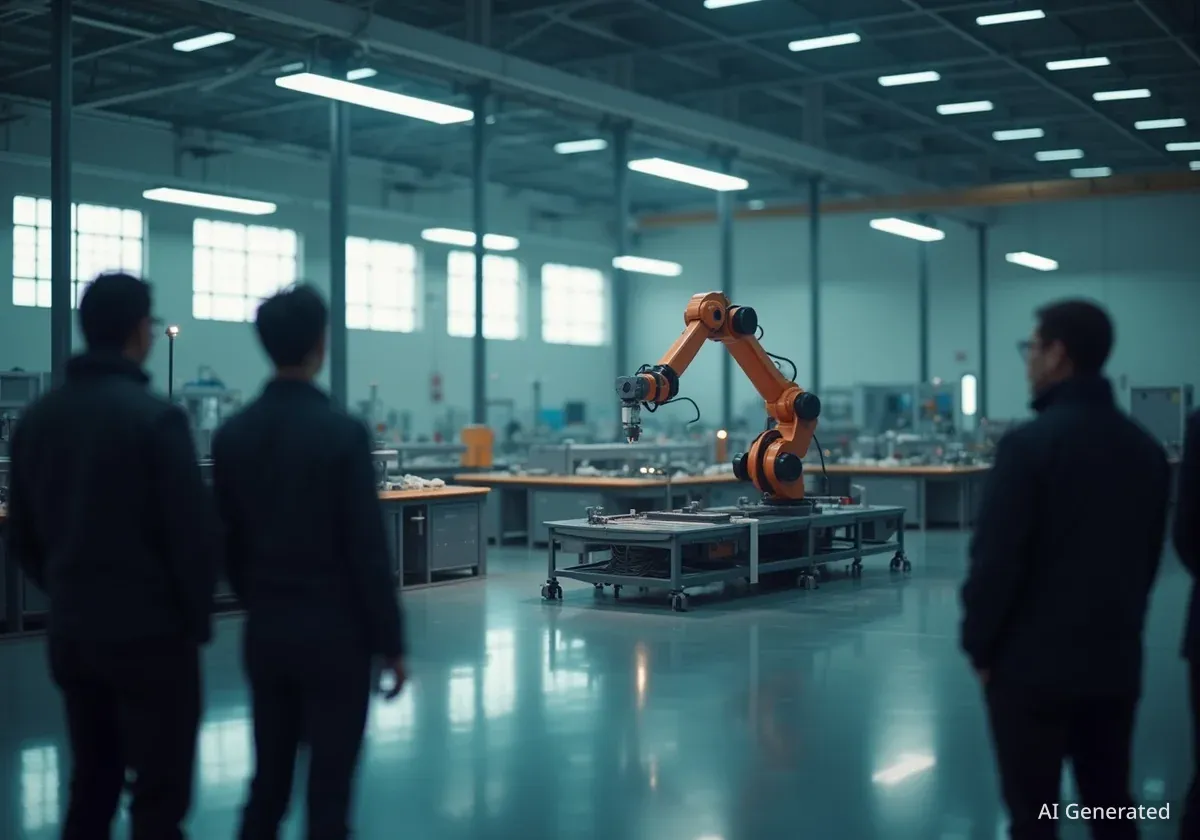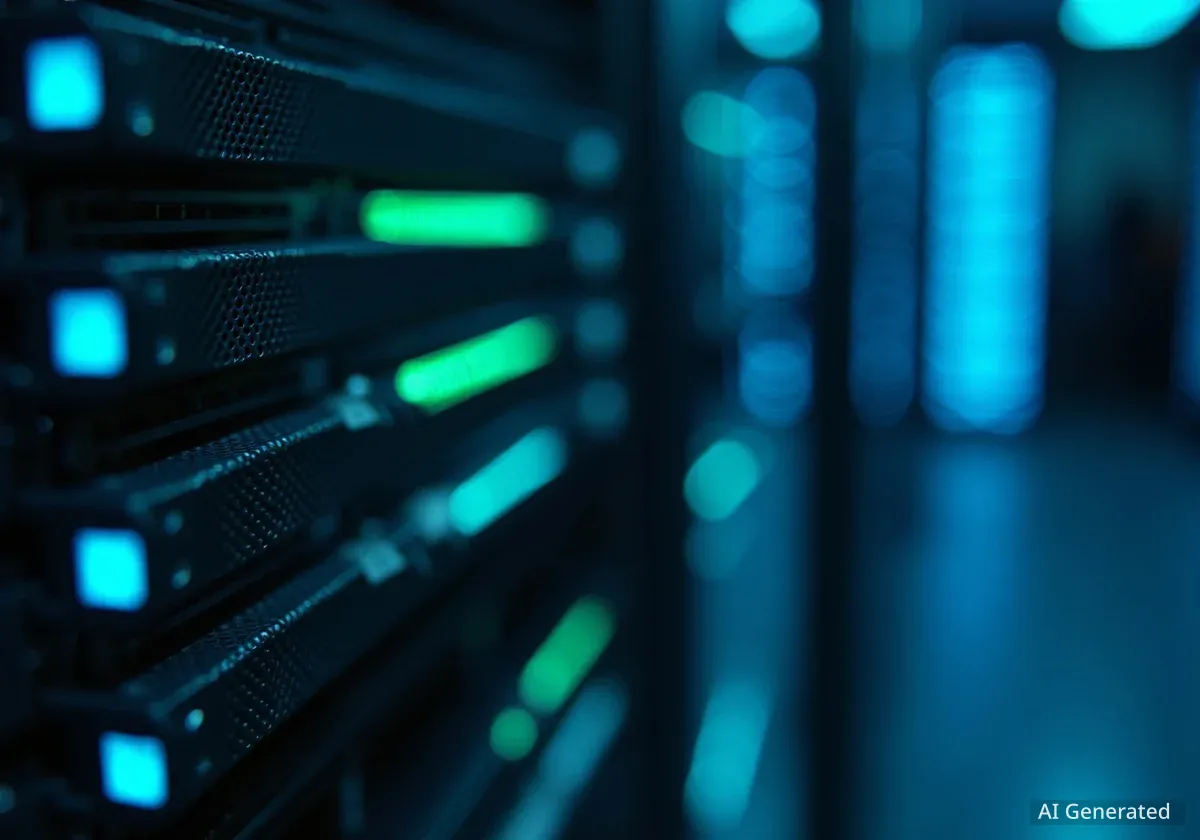The United States economy is showing signs of significant dependence on the artificial intelligence sector, with analysts suggesting that massive AI-related spending is masking weaknesses in other areas. While key indicators like GDP growth appear stable, a closer look reveals that much of the economy outside of AI is experiencing sluggish performance, raising concerns about the potential impact of a downturn in the technology sector.
Economic data indicates that without the current boom in AI, overall growth would be substantially lower. This reliance has prompted discussion about whether the U.S. is in an AI-driven "industrial bubble" and what the consequences could be if the technology fails to meet lofty investor expectations.
Key Takeaways
- Economic analysts suggest the AI boom is the primary driver of recent U.S. GDP growth, counteracting weaknesses in manufacturing and consumer sectors.
- Without AI-related investment, one estimate places U.S. GDP growth at just 0.6%, half the actual reported rate for the first half of the year.
- AI-focused companies have reportedly accounted for 80% of the gains in U.S. stocks in 2025, with Nvidia, Microsoft, and Apple comprising over 20% of the S&P 500's market cap.
- Skepticism is growing due to unproven business models, reports of low ROI on AI initiatives, and potential infrastructure limits like power grid capacity.
- A potential downturn in the AI sector could have significant consequences for the broader economy and the political landscape.
A Two-Tiered Economy Emerges
Despite several warning signs, including a struggling manufacturing industry impacted by tariffs and consumer sentiment at levels not seen since the Great Recession, the U.S. economy has avoided a significant downturn. The unemployment rate remains low, and prime-age employment is near historic highs. The New York Fed and Atlanta Fed nowcasts project GDP growth is holding steady at over 2%.
However, some economists argue this stability is largely attributable to a single, powerful force: the artificial intelligence boom. Data from several sources suggests that if AI-related activities were removed from the equation, the economic picture would look far more concerning.
By the Numbers: AI's Economic Impact
According to an analysis by Pantheon Macroeconomics, U.S. GDP would have grown at a mere 0.6% annualized rate in the first half of the year without AI-related spending. This is half of the actual growth rate recorded during that period. Other economists have reached similar or even more stark conclusions about the technology's influence.
This suggests a split in the economy. While the technology sector thrives, other areas are lagging. The Economist has pointed out that real consumption has been flat since December, job growth is weak, and both housebuilding and business investment in non-AI sectors have slumped.
Stock Market Concentration and Policy Exemptions
The influence of AI is particularly visible in the financial markets. Ruchir Sharma, an author and investor, noted that "AI companies have accounted for 80 per cent of the gains in US stocks so far in 2025." This concentration of value is unprecedented.
Just three companies—Nvidia, Microsoft, and Apple—now represent more than one-fifth of the entire market capitalization of the S&P 500. Two of these are widely considered major bets on the future of artificial intelligence. While this concentration has driven market gains, it also introduces significant risk if the AI sector falters.
The current administration appears to recognize the sector's importance. Analyst Joey Politano has highlighted that while tariffs have been applied to numerous industries, the AI sector and its critical supply chain have been largely exempted. This policy approach suggests a strategic effort to protect what is perceived as a vital engine of economic growth.
The Political Stakes of an AI Downturn
If the AI sector is indeed the main pillar supporting the economy, a bust could have profound political ramifications. A resulting recession would likely reshape the narrative of the Trump presidency, much like the 2008 housing crisis defined the legacy of George W. Bush. Given the high stakes, the stability of the AI industry has become a matter of national economic and political importance.
Is the AI Boom an "Industrial Bubble"?
The rapid influx of capital into the AI sector has led to widespread debate about a potential bubble. However, many experts believe this is not a purely financial phenomenon driven by speculation. Instead, they classify it as what Amazon founder Jeff Bezos calls an "industrial bubble."
In this type of bubble, the risk stems from a fundamental miscalculation by investors about a technology's true value and timeline to profitability. The crash occurs when the technology itself disappoints, leading to a reassessment of its worth, followed by loan defaults and widespread financial distress.
Signs of Overheating and Unproven Value
Several factors are fueling skepticism about the long-term viability of current AI valuations. A recent feature in Bloomberg highlighted the immense amount of money being spent on a technology that has yet to establish a proven, widespread profit-making business model.
"Never before has so much money been spent so rapidly on a technology that, for all its potential, remains somewhat unproven as a profit-making business model."
This concern is supported by academic research. A study from the Massachusetts Institute of Technology found that 95% of organizations saw zero return on their investment in AI initiatives. Another study from Harvard and Stanford identified a trend of employees creating "workslop"—AI-generated content that appears productive but lacks real substance.
Further challenges are emerging on the technical front. AI developers are reportedly facing diminishing returns from the "scaling laws" that previously drove rapid progress. The recent release of OpenAI's GPT-5, for example, was met with mixed reviews after months of high expectations. Additionally, the massive energy consumption required for data centers could be constrained by already strained national power grids.
Disappointment, Not Failure, Is the Real Risk
Industry insiders often dismiss these concerns, confident that technological advancements in the pipeline will justify the current investment levels. However, historical analysis of past technology booms shows that a crash does not require a complete failure of the technology.
A bust can be triggered simply by the technology mildly disappointing the most optimistic projections. When expectations are incredibly high, even a modest shortfall can cause a significant market correction as investors rapidly adjust their valuations downward.
This is the primary risk facing the AI sector and, by extension, the U.S. economy. The current economic stability may hinge on whether AI can continue to meet or exceed the extraordinary expectations placed upon it. A failure to do so could reveal the underlying fragility that the boom has so far managed to conceal.





